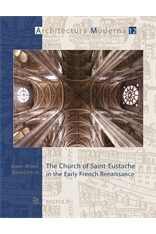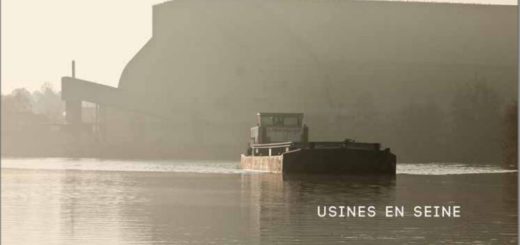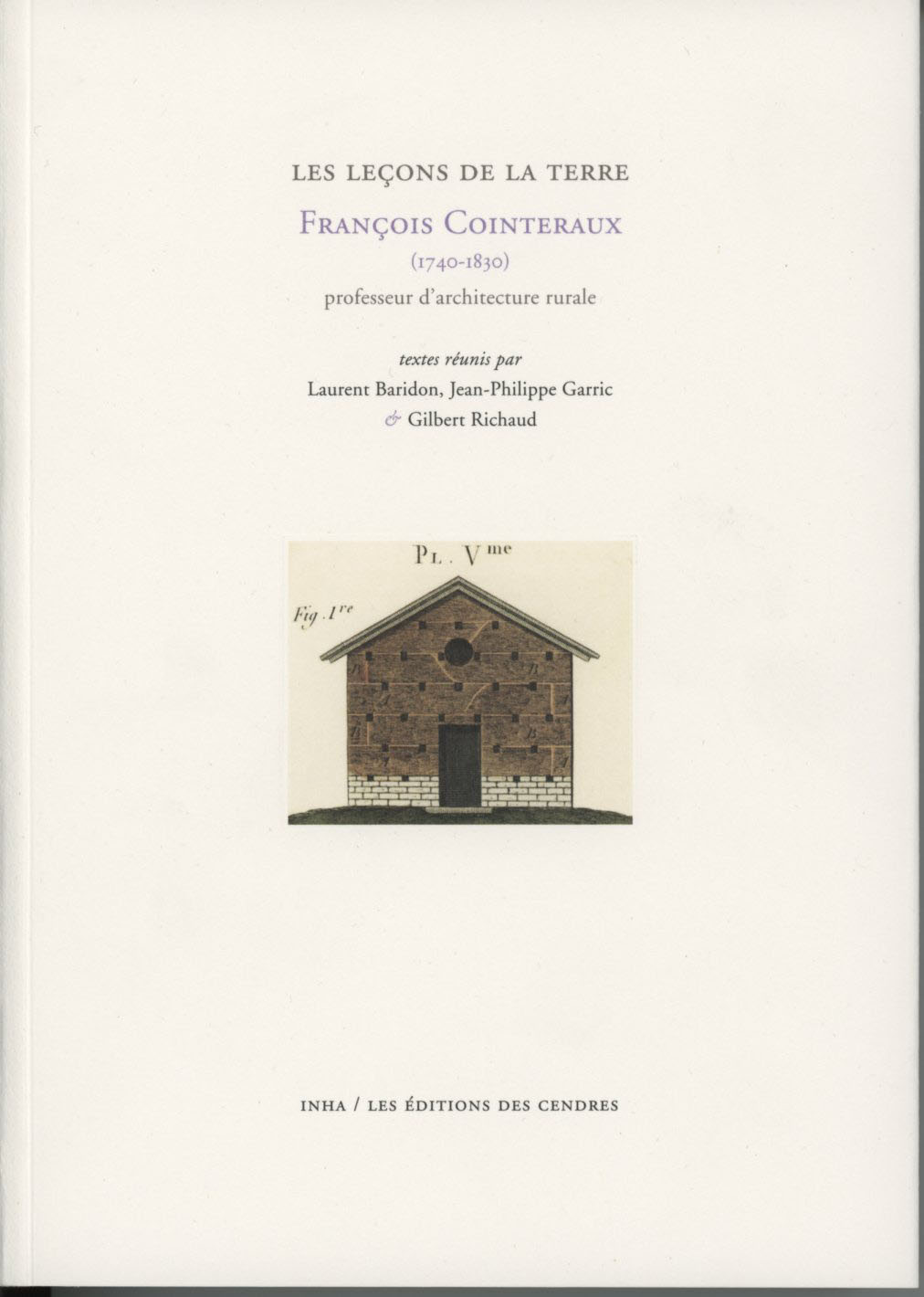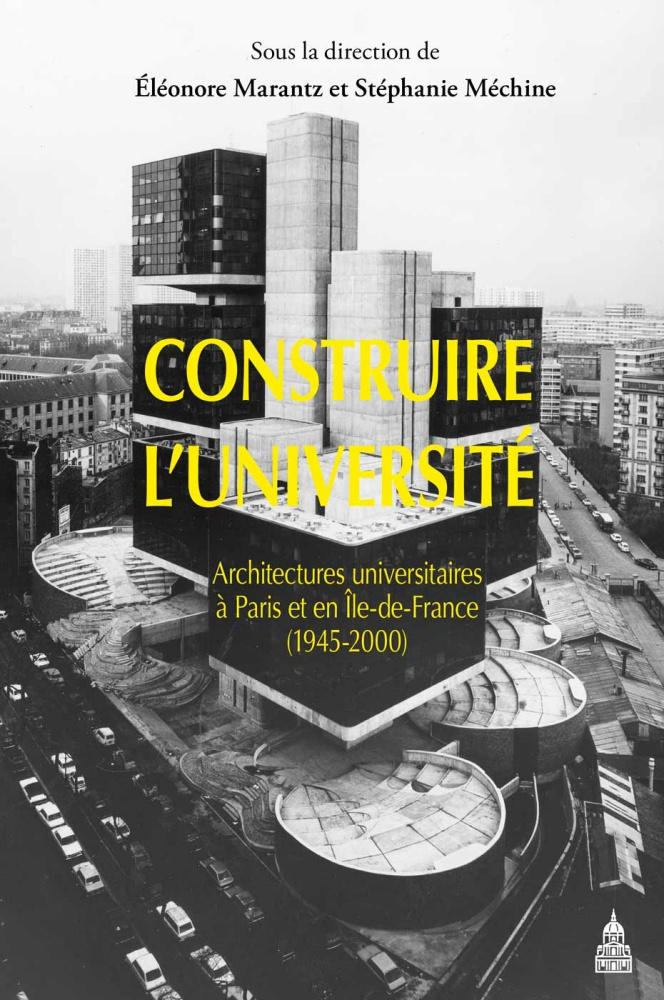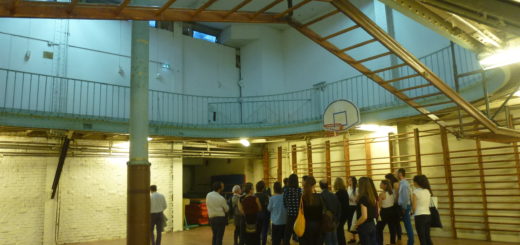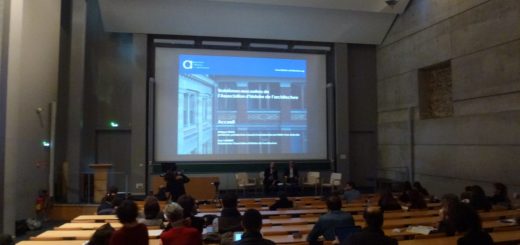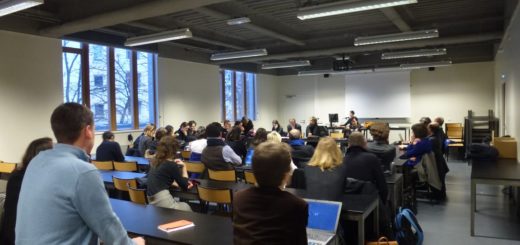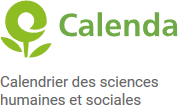Publications: “Philibert De l’Orme” et “The church of Saint-Eustache”
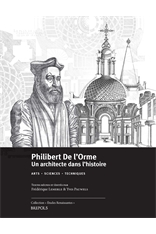 Nous vous signalons la parution de Philibert De l’Orme. Un architecte dans l’histoire Arts – Sciences – Techniques, actes du colloque sur Philibert De l’Orme tenu au Cesr de Tours en 2014, chez Brepols.
Nous vous signalons la parution de Philibert De l’Orme. Un architecte dans l’histoire Arts – Sciences – Techniques, actes du colloque sur Philibert De l’Orme tenu au Cesr de Tours en 2014, chez Brepols.
Veuillez cliquer ici
Entre Pierre Lescot et Jean Bullant, Jean Goujon et Jacques Androuet du Cerceau, Philibert De l’Orme est l’étoile majeure d’une constellation d’architectes qui, à l’instar de la Pléiade des poètes, a donné au XVIe siècle français une aura comparable à celle de l’Italie. Au service du cardinal Jean du Bellay, de Diane de Poitiers, de Henri II et de Catherine de Médicis, constructeur et théoricien, il laisse une œuvre aussi passionnante que problématique. Héritier du Moyen-Âge et grand connaisseur de l’antiquité romaine, praticien expert doublé d’un humaniste savant, il réalise une synthèse fascinante des tendances diverses mais convergentes de la Renaissance, qui lui fait incarner le renouveau artistique de la France de son temps. Quoique sa fortune ait souffert des vicissitudes de l’histoire, de l’évolution du goût et sans doute aussi du caractère protéiforme de son génie, sa puissance créatrice, égale à celle d’un Rabelais ou d’un Ronsard, en fait le Michel-Ange français.
À l’occasion du cinq-centième anniversaire de sa naissance, le LVIIe colloque international d’études humanistes du Centre d’études supérieures de la Renaissance à Tours, organisé par Frédérique Lemerle, directrice de recherche au Cnrs (Tours, CESR, UMR 7323) et Yves Pauwels professeur des universités (Tours, CESR/Université François-Rabelais) a rendu hommage à celui qui fut l’un des plus grands artistes de la Renaissance. Les essais réunis s’attachent à explorer quelques zones d’ombre laissées encore obscures par les monographies précédemment consacrées à l’architecte en inscrivant la problématique dans la perspective pluridisciplinaire qui est celle du CESR.
Frédérique Lemerle & Yves Pauwels
 A.-M. Sankovitch
A.-M. Sankovitch
The Church of Saint-Eustache in the Early French Renaissance
Considered the most important French Renaissance church, Saint-Eustache in Paris has long remained an enigma. What new circumstances allowed its parishioners, long desirous of a new church, suddenly to begin buiding it 1532? Did Francis I play a role? Was the obscure Jean Delamarre possibly its architect? Could the ideas of the Italian theorist, Serlio, have affected his design? These and other key issues are resolved by the author in a sustained reading of all known evidence. The baffling formal complexity of the church is clarified through lucid analysis that employs hundreds of new photographs executed by the author. The building is studied within the context of sixteenth-century French architecture and its roots in antiquity, the Italian Renaissance, Romanesque and Gothic France, and the Flamboyant Style. Sankovitch’s work will serve as a standard for all those who desire to understand this mysterious building and its times. A bright, clear window revealing an unseen architecture, previously an invisible – or at best murky – episode in the history of art, it is a portal to all future research on the building, and a key to the architectural life of the period.
A leading scholar in French Renaissance architecture, Anne-Marie Sankovitch (1958-2005) studied at Smith College and received her Ph.D. from the Institute of Fine Arts, NYU (1991), where she later became Research Associate. Her articles appeared in the Art Bulletin, RES, JSAH, and numerous conference volumes.
Table of Contents
Series Editor’s Foreword by Krista De Jonge
Foreword by Jean Guillaume
Response by Étienne Hamon
Anne-Marie Sankovitch and Saint-Eustache by Marvin Trachtenberg
Editor’s Acknowledgments
Anne-Marie Sankovitch, Publications 1994–2006
The Church of Saint-Eustache in the Early French Renaissance
Chapter 1: A Critical Historiography of Saint-Eustache
Chapter 2: Problems of the Site and the Struggle to Enlarge the Church
Chapter 3: A Royal Project: Saint-Eustache Unbound
Chapter 4: A Revised Building History, the First Master, and Serlio
Chapter 5: Toward the Identity of the Architect (Jean Delamarre?)
Chapter 6: The Presence of the Past at Saint-Eustache from Cluny to Pavia
Chapter 7: Gothic and Late-Gothic Strategies of Architectural Composition
List of Illustrations
Bibliography
Author’s Acknowledgments
Index
Photographic Credits
XXI+240 p., 354 b/w ill., 216 x 280 mm, 2015
ISBN: 978-2-503-55514-0
Languages: English
Retail price: EUR 99,00 excl. tax

